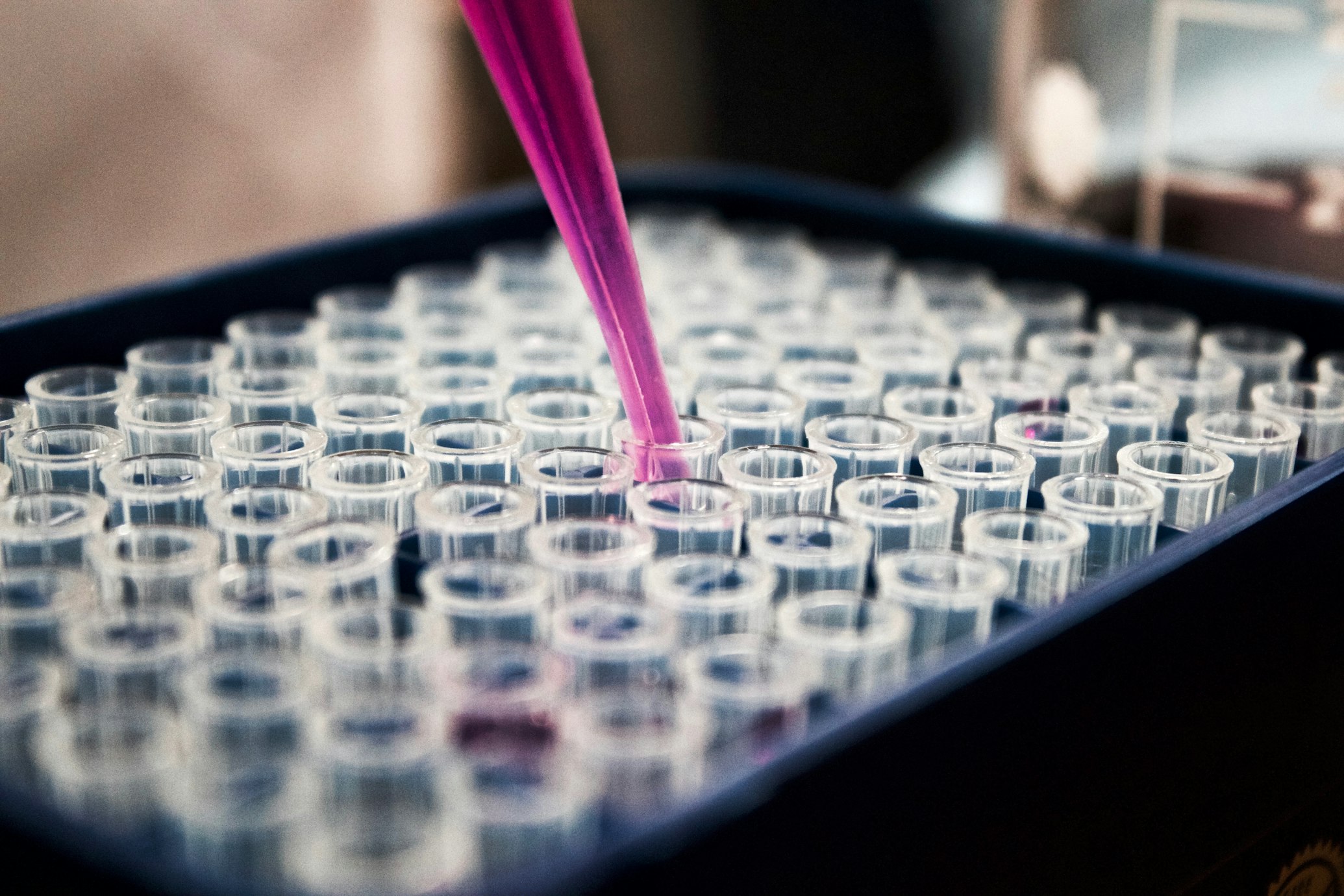The Green Nano Revolution
Nature's Tiny Factories Reshaping Our World
Small Tech, Big Promise
Picture a world where toxic chemicals no longer dominate manufacturing, where factories run on plant waste, and where life-saving medicines grow in gardens.
This isn't science fiction—it's the reality being unlocked by green synthesis of nanomaterials. As traditional nanoparticle production faces scrutiny for its environmental toll (high energy use, carcinogenic solvents, and carbon emissions) 3 , scientists are turning to nature's own laboratories: plants, fungi, and even bacteria. By harnessing biological systems, researchers create high-performance nanomaterials with applications from cancer therapy to pollution cleanup—all while slashing ecological footprints 1 6 .
Did You Know?
Green synthesis can reduce energy consumption in nanoparticle production by up to 80% compared to traditional methods.
Key Concepts: Why Go Green?
Nature's Toolbox vs. Toxic Traditions
Traditional methods like chemical vapor deposition or sol-gel synthesis require extreme temperatures (up to 1000°C), toxic solvents, and generate hazardous byproducts.
Silver Dominates, But Diversity Grows
Silver nanoparticles (Ag NPs) are the most synthesized (63% of top-cited studies), prized for antimicrobial power. Yet new stars are emerging:
Gold NPs
For targeted drug delivery
Zirconia NPs
For electronics
Iron oxide NPs
For environmental cleanup 1
Inside a Landmark Experiment: Pachira glabra's Silver Bullets
In 2025, researchers demonstrated how leaf extracts from the tropical tree Pachira glabra could synthesize antibacterial silver nanoparticles (Ag NPs) 8 .
Step-by-Step Methodology
- Extract Preparation: Fresh leaves were washed, dried, and boiled in distilled water (60°C for 20 min). The filtrate served as the reducing agent.
- Synthesis: Silver nitrate (1 mM) was added to the extract (4:1 ratio) at pH 9. The mix turned brown within 45 min—a visible sign of surface plasmon resonance confirming Ag NP formation 9 .
- Purification: Centrifugation at 15,000 rpm separated nanoparticles, later redispersed in ethanol.
- Characterization:
- UV-Vis spectroscopy: Peak absorbance at 420 nm.
- TEM imaging: Spherical particles averaging 18 nm.
- FTIR analysis: Revealed polyphenols capped the NPs, preventing aggregation.

Visualizing Nanoparticle Formation
The color change during synthesis indicates nanoparticle formation through surface plasmon resonance.
Breakthrough Results
Antimicrobial Activity of Ag NPs vs. Pathogens
| Pathogen | Inhibition Zone (mm) |
|---|---|
| E. coli | 24.3 ± 0.5 |
| Staphylococcus aureus | 19.8 ± 0.7 |
| Candida albicans | 16.2 ± 0.4 |
Cytotoxicity in Cancer vs. Normal Cells
| Cell Type | Viability (%) at 50 μg/mL |
|---|---|
| Breast Cancer (MCF-7) | 42 ± 3.2 |
| Lung Cancer (A549) | 38 ± 2.9 |
| Normal Fibroblasts | 88 ± 4.1 |
Analysis
The NPs showed potent antimicrobial action and selective toxicity against cancer cells. This dual capability makes them ideal for both medical implants and chemotherapy 8 .
Research Toolkit: Essentials for Green Synthesis
Biological Agents and Their Nano-Outputs
| Biological Material | Nanoparticle Synthesized | Key Active Molecule | Application Example |
|---|---|---|---|
| Banana peel extract | Gold NPs | Polyphenols | Biosensors 1 |
| Fusarium oxysporum | Silver NPs | NADH-dependent enzymes | Antibacterial coatings 1 |
| Saccharomyces cerevisiae | Selenium NPs | Metallothionein proteins | Antioxidant therapies |
| Papaya leaf extract | Iron oxide NPs | Flavonoids | Water purification 2 |
| Wheat straw | Carbon nanosheets | Cellulose | Supercapacitors 5 |
Nanoparticle Types Distribution
Biological Sources Utilization
Future Trends: AI, Equity, and Circular Economies
The Equity Challenge
While promising, green nano risks widening global divides:
- Pros: UNESCO's "Green Nano Commons" shares tech with Global South researchers.
- Cons: Patents over plant-based synthesis could marginalize biodiverse regions 2 .
Crop Waste Goes Nano-Circular
Agricultural residues—rice husks, corn stover, bagasse—are being valorized into nanoparticles:
- Rice husk silica NPs remove heavy metals from water.
- Sugarcane bagasse carbon dots detect tumors in MRI scans 5 .
The Circular Nano-Economy

This transforms waste streams into high-value nanomaterials while supporting circular economies.
Conclusion: Wisdom for the Nano-Age
Green nanomaterials offer transformative potential: from extending food shelf life with nanocoatings to purifying water with banana-peel gold.
Yet as we scale production, challenges like standardization, toxicity testing, and equitable access remain critical. As one researcher cautions: "Will these particles restore ecological balance or become our next techno-dependency?" 2 . The answer hinges on marrying innovation with ethics—ensuring our smallest inventions deliver their biggest promises.